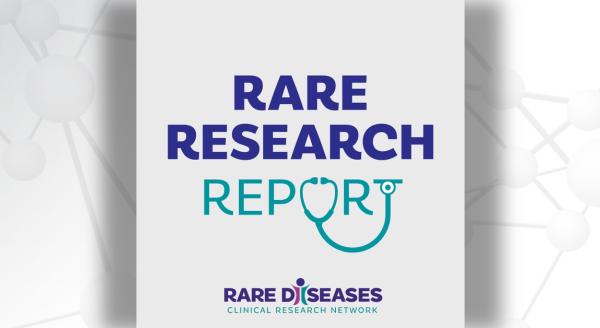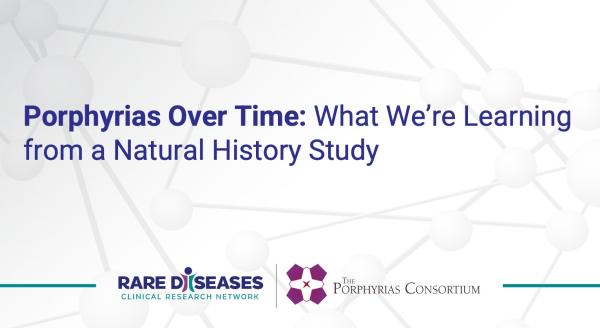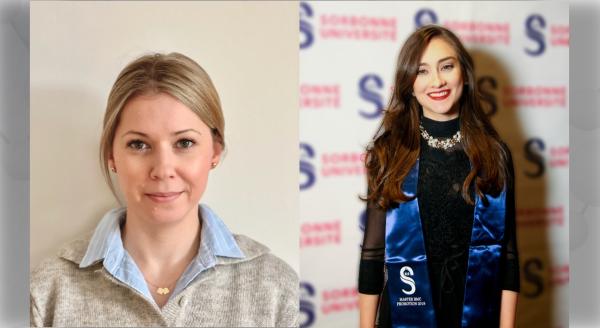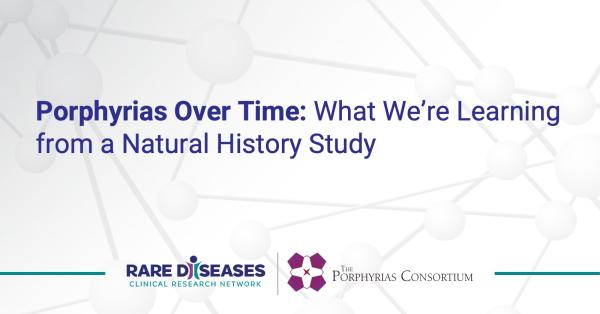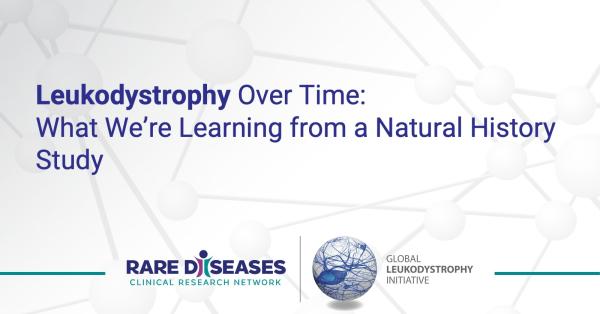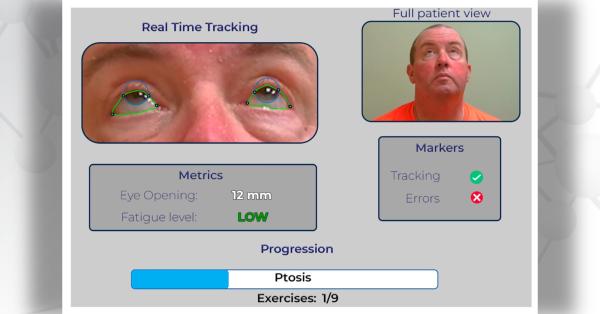The European research community, like the North American community, has recognized the value of collaboration for advancing clinical and translational research for rare diseases such as dystonia. In recent years, many members of the European community have come together to cooperate on important initiatives.
The European Dystonia Federation, a patient advocacy group, became Dystonia Europe in 2011. The mission was expanded to encompass fostering of research activities aimed at treating or curing dystonia. In 2011 the European Cooperation in Science and Technology (COST) also approved a four-year research effort aimed at creating a European research network for dystonia. The network is coordinated by Alberto Albanese in Milan and encompasses 19 European countries, and Israel.
From the beginning, European investigators and patient advocacy groups have been working with the Dystonia Coalition to ensure strong relationships. Multiple European investigators are invited to attend the annual Dystonia Coalition meeting, and investigators from two European countries serve as members of the Dystonia Coalition Advisory or Steering Committees. European investigators also are eligible to submit proposals for Pilot Projects or Career Development Awards funded by the Dystonia Coalition. So far, five projects have been initiated by investigators from France, Germany, Italy and the United Kingdom.
The synergies between European network and the Dystonia Coalition have already proven very successful. The 5th International Dystonia Symposium took place in Barcelona (Spain) in October 2011 under joint patronage of Dystonia Europe, the Dystonia Medical Research Foundation, and the Dystonia Coalition.
The Scientific Organizing Committee, with members from the European network and the Dystonia Coalition organized a three-day meeting that spanned the whole spectrum of dystonia research, from molecular pathology to the clinic. It was the largest meeting devoted to dystonia ever held, with 550 representatives from 38 countries.
This international meeting led to increasing recognition of varying definitions and methods for classifying the many different subtypes of dystonia across the world. As a result, an international panel was convened to establish a revised definition and classification scheme for the dystonias, under the patronage of the Dystonia Medical Research Foundation, Dystonia Europe, and the Dystonia Coalition. This work lasted more than one year and resulted in a consensus publication that has been accepted for publication in the journal, Movement Disorders. We expect these guidelines to be adopted worldwide, so that discrepancies regarding nomenclature can be replaced with a more universally accepted approach.
Official recognition of the cooperation between the COST investigators and the Dystonia Coalition has been initiated already. Such cooperation is expected to be particularly useful in the fields of genetic and clinical research, where large numbers of patients from different countries can contribute to advance scientific understanding and clinical solutions more rapidly.
Additional Information:
- Dystonia Europe
- International Dystonia Symposium
- Phenomenology and classification of dystonia: A consensus update
Related Web Sites:


